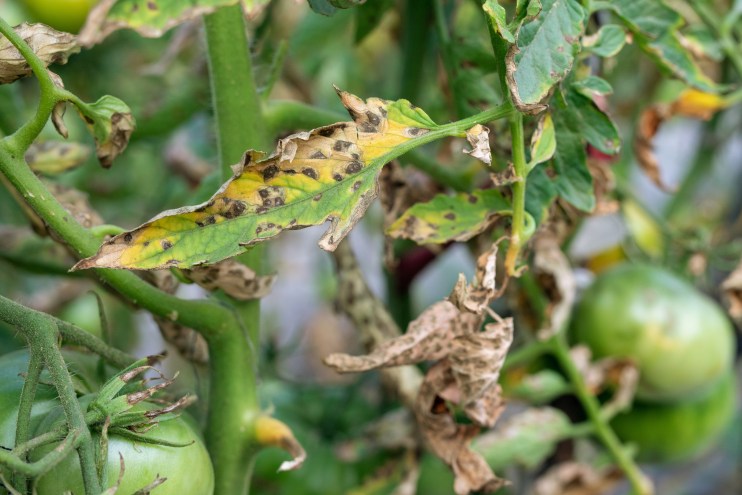
Cathy Isom give you some information about, as well as the best methods of dealing with, bacterial garden blight. That’s coming up on This Land of Ours.
Bacterial blight is a common garden ailment. It’s a serious disease that affects many plants, including several Asian lilac varieties along with other large fruit and nut tree species.
Many plants are vulnerable to bacterial blight, but plants with insect damage are much more likely to contract the disease than plants without an insect infestation. This is because as they feed on the plant foliage, insects create openings and access points for the bacterium to infect the plant.
Bacterial blight tends to affect woody plants like trees and shrubs. Other types of blight are more likely to affect edible garden plants like tomatoes and potatoes. Promoting a healthy growing environment is the best way to prevent your plants from picking up this disease.

Provide plants with enough space to breathe and water from below to prevent moisture buildup on the foliage. Always properly clean your gardening tools throughout the season, too. Rotate your crops at least every three years to prevent the pathogen from attacking susceptible plants.
Management is the only way to deal with bacterial blight. Pruning infected plant material is the first step in controlling the disease. Remove affected parts of the plant and toss them. Do not add them to the compost pile! Remember to keep tools clean and sanitize after pruning to avoid spreading the disease to other plant life.
I’m Cathy Isom…


